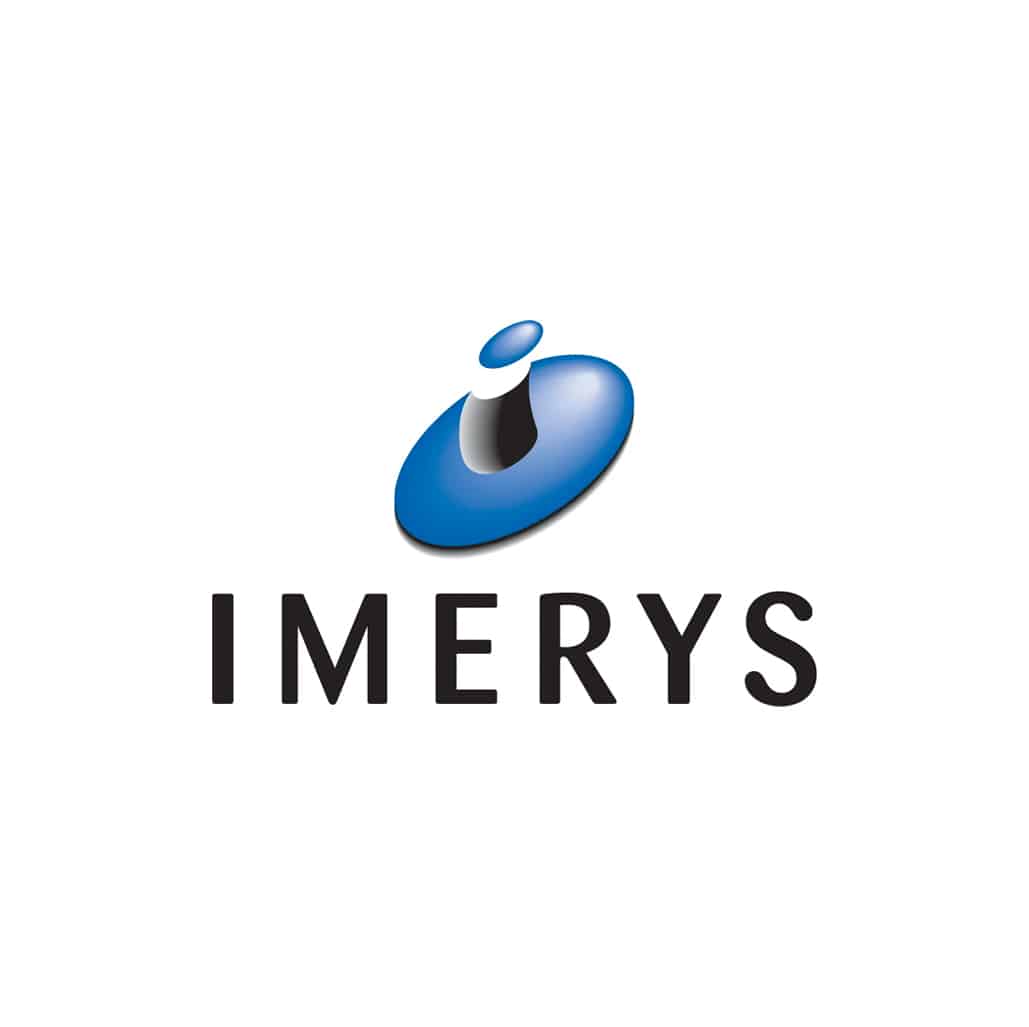An ultra-reactive low CO2 binder for mortar

To help reduce the carbon footprint of the cement and concrete industry, Imerys offers a low CO2 ultra-reactive mortar binder technology solution.
Main project's drivers for reducing the greenhouse gas (GHG) emissions
Energy and resource efficiency
Energy Decarbonisation
Energy efficiency improvements
Improving efficiency in non-energy resources
Emission removal
Financing low-carbon issuers or disinvestment from carbon assets
Reduction of other greenhouse gases emission
Project objectives
Reducing the carbon footprint of concrete by developing a new range of bindings.
Carbon emissions of the cement and concrete industry represents around 8% of the world CO2 emissions. To contribute to the reduction of cement carbon footprint, Imerys is developing an ultra-reactive and low CO2 concrete.
The innovation is Imerys advanced range of specialized calcium aluminate’s binders. It dissolves much more rapidly in water that traditional calcium aluminate. This ultra-reactivity enables Imerys clients to adjust their formulations, and to reduce the global quantity of binder used in fast concrete setting, and dry mortar, while keeping the same performance level.
Diminishing the binder content can reduce CO2 emissions by 40% in technical mortar application. This contributes to reducing the global impact of the construction sector.
Emission scope(s)
on which the project has a significant impact
- Emission scopes
- Description and quantification of associated GHG emissions
- Clarification on the calculation
Scope 1
Direct emissions generated by the company's activity.
Scope 2
Indirect emissions associated with the company's electricity and heat consumption.
Scope 3
Emissions induced (upstream or downstream) by the company's activities, products and/or services in its value chain.
Emission Removal
Carbon sinks creation, (BECCS, CCU/S, …)
Avoided Emissions
Emissions avoided by the activities, products and/or services in charge of the project, or by the financing of emission reduction projects.
Scope 1 – Manufacturing of U-Technology binder
- Quantification : 775 kgCO2e/t of mortar
Scope 2
- Quantification : 95 kmCO2e/t of mortar
Scope 3
- Quantification : 30 kmCO2e/t of mortar
Avoided Emissions – Reducing need of binder for concrete and dry mortar
- Quantification : 90 kmCO2e/t of mortar
The solution contributes to reducing downstream emissions of Imerys clients. Thanks to a reduction of the binder ratio from 25% to 15%, the carbon footprint CO2 (kg CO2/t mortar) will be reduced by 40%, compared to a technical mortar formulated with ordinary Portland cement (OPC). CO2 emissions linked to the binder manufacturing are based on the first prototype data, and will be actualized as the project progress.
To compute emission reduction linked to the decrease in binder’s ratio in the formulation, an emission factor of 896 kgCO2e/t of OPC (CEM 1) has been used.
Key points
Invested amount
10 M€
Starting date of the project
2019
Project localisation
Lyon and Fos Sur Mer, France
Project maturity level
Prototype laboratory test (TRL 7)
Real life testing (TRL 7-8)
Pre-commercial prototype (TRL 9)
Small-scale implementation
Medium to large scale implementation
Economic profitability of the project (ROI)
Short term (0-3 years)
Middle term (4-10 years)
Long term (> 10 years)
Illustrations of the project
This project contributes to SDG goal 12 “Ensure sustainable consumption and production patterns”. In fact, the binder’s ratio in the formulation is reduced. It thus contribute to the SDG target 12.2 : “ By 2030, achieve the sustainable management and efficient use of natural resources”.
This technology has a wide range of potential applications. Research continues to develop additional applications.
Partnerships with private actors (major manufacturers of ready to use mortar industry) have been engaged
Contact the company carrying the project :
gaelle.rodary@imerys.com
